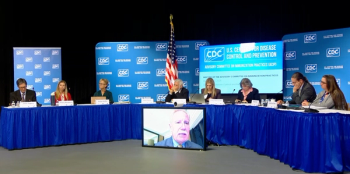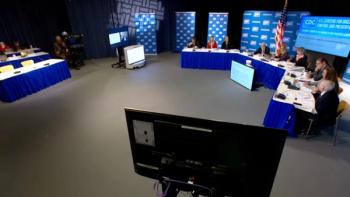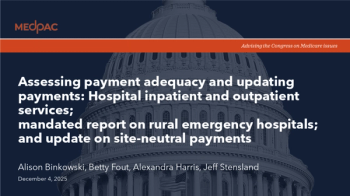
|Slideshows|May 28, 2020
Electronic prescribing of controlled substances: Are office-based physicians using it?
Author(s)Todd Shryock, Logan Lutton
A new report from ONC answers this question
Advertisement
The Office of the National Coordinator for Health Information Technology looked at data from the 2017 National Electronic Health Records Survey, a nationally representative survey of office-based physicians, to understand rates of electronically prescribing controlled substances.Here are the key findings.
Newsletter
Stay informed and empowered with Medical Economics enewsletter, delivering expert insights, financial strategies, practice management tips and technology trends — tailored for today’s physicians.
Advertisement
Latest CME
Advertisement
Advertisement
Trending on Medical Economics
1
Physicians taking back medicine: The rising toll of private equity in health care
2
ACIP and the hepatitis B vaccine: recommendations, mandates and patient informed consent
3
MedPAC signals modest 2027 physician payment bump as staff report strong access, rising revenues
4
From health care AI pilots to proof: Closing the clinical loop with trusted, connected, and auditable AI in 2026
5















